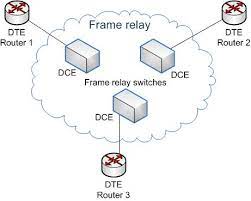Top-Level Domain (TLD)

Top-Level Domain, commonly abbreviated as TLD, is an integral part of Internet domain names. These domains are the highest level domains in the domain name system hierarchy and are the most recognizable part of a website address or URL.
Initially, there were only seven TLDs, which included .com, .org, .edu, .gov, .net, .mil, and .int. However, over the years, the number of TLDs has drastically increased. Today, there are over 1,500 TLDs, including country code top-level domains (ccTLDs), generic top-level domains (gTLDs), and sponsored top-level domains (sTLDs).
The most commonly known TLDs are gTLDs. They are divided into two categories: restricted and unrestricted. Unrestricted TLDs, such as .com, .net, and .org, can be registered by anyone for any purpose, while restricted TLDs, like .edu and .gov, are reserved for specific uses.
On the other hand, ccTLDs are country-specific domains that represent countries or territories, such as .us for the United States, .uk for the United Kingdom, and .ca for Canada, among others. These TLDs are regulated by national governments or organizations designated by them.
Another type of TLDs is sponsored TLDs, which are created and maintained by a specific organization or community for a particular interest group or geographic region. Examples of sTLDs include .aero, .museum, and .coop.
The introduction of new TLDs has brought new opportunities for businesses, organizations, and individuals to strengthen their brand and online presence, making it easier for users to remember and recognize a particular website. However, it has also brought challenges, such as the need to protect trademark rights and combat cybersquatting.
In conclusion, Top-Level Domains are an essential component of the domain name system hierarchy, and their significance in online identification will continue to grow as more TLDs are introduced. As the online world continues to evolve, TLDs will continue to play a vital role in shaping the future of the internet.





